The Challenge
Fungal and other plant diseases have always been a challenge for ambitious green keepers. However, due to climate change more often fungal diseases in lawns occur and new species emerge. Due to higher environmental protection standards, fewer and fewer classical pesticides are available. For the remaining ones, often cumbersome documentation and residue controls are required and increasing resistances of fungi to fungizides are reported.
The Solution
Fortunately, now with PhytoFortify Turf a solution exists, which boosts the plants own „immune system“, thereby often avoiding or significantly reducing the need for pesticides.
PhytoFortify Turf is a plant strengthener and biostimulant based on natural phytohormones from the banana plant for preventive protection or good regeneration of the turf. The modified phytoalexin from bananas activates the plant’s own defenses!
The advantages of PhytoFortify Turf at a glance:
- Outstanding effectiveness: Effective against dollar spot, snow mold, and other germs
- No resistance: No resistance to the PhytoFortify active complex is known, neither from scientific literature nor in practice
- Environmentally friendly: Harmless to humans, animals, or the environment
- Contains valuable trace elements and biopolymers: Supports growth and strengthens against abiotic stress
Representative Results
We would like to present the efficacy of the treatment with PhytoFortify at two different golf courses with two individual fungal diseases.
Golf course Rottbach, Germany. Dollarspot.
Upper three images: Treated with PhytoFortify Turf
Lower three images: Control, no treatment
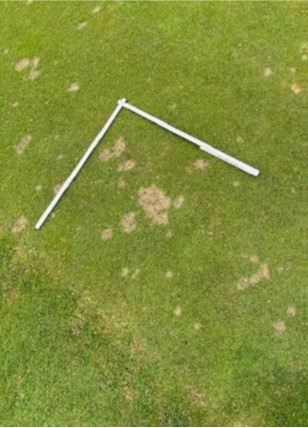
07/24/2024
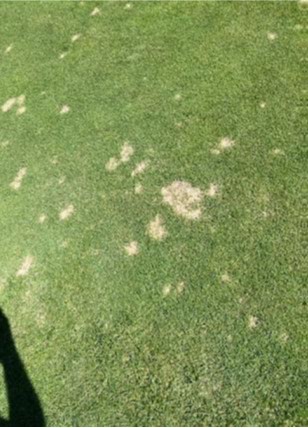
07/30/2024
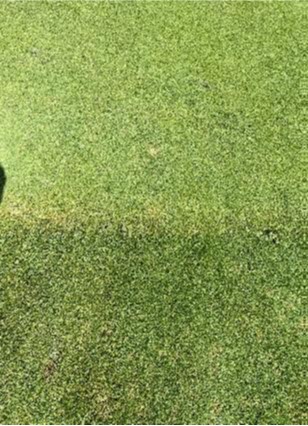
08/16/2024
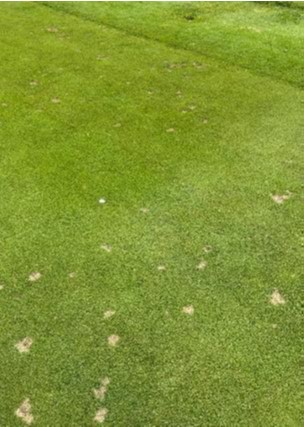
07/24/2024
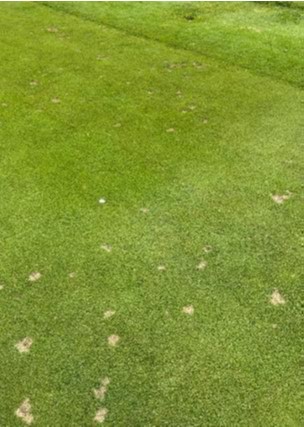
07/30/2024
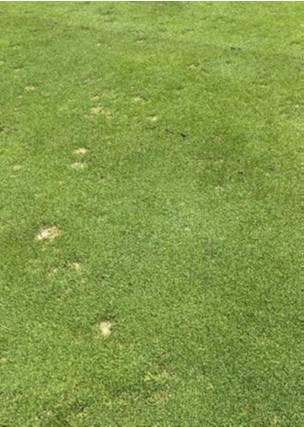
08/16/2024
Bray golf course, Ireland, May 2025: Fusarium
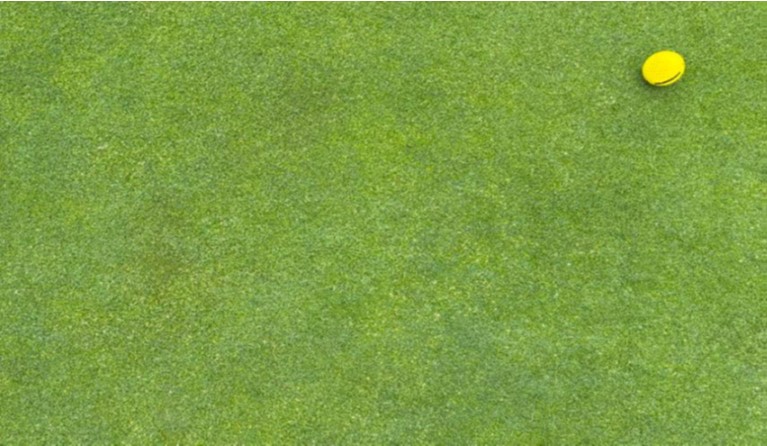
PhytoFortify was applied in a curative dose. No trace of the disease visible any more.
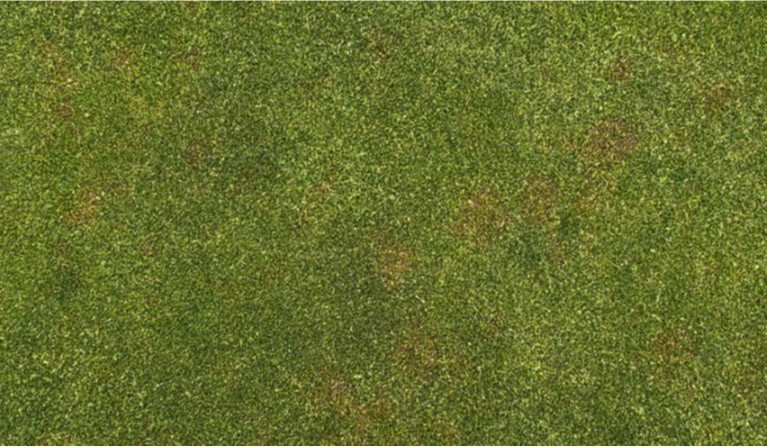
Only a biostimulant was applied. The untreated section still shows some scarring.
PhytoFortify Turf

PhytoFortify Turf is available as a ready-to-use solution in 10L or 30L canisters or in 200L barrels and can be applied by spraying or watering throughout the whole growing season.
It has no side effects on humans, beneficial organisms or the ecosystem when used as intended and properly. Bees, beneficial insects and other insects are not affected.
It can be applied either preventive or curative with the following application rates:
Utility and sports turf:
- Supportive: 0.07 litres per m² or 700 litres per ha, once every 2 weeks
- Growth phase: 0.07 litres per m² or 700 litres per ha, once a week
- In case of increased stress, curative: 0.07 litres per m² or 700 litres per ha, 2-3 times a week
Deep-cut lawns such as golf greens:
- Supportive: 0.07 litres per m² or 700 litres per ha, once a week
- Growth phase: 0.07 litres per m² or 700 litres per ha, twice a week
- In case of increased stress, curative: 0.1 litres per m² or 1000 litres per ha, 2-3 times a week
For more detailed information, please consult our technical datasheet and dont hesitate to contact us!
The science behind
When a banana plant is attacked by a fungus or nematode, it activates the production of anigofurones (phytoalexins) to combat the pests and slow the spread of the disease.
Our scientists were able to successfully transfer this natural concept for healthier lawns and more sustainability! Through extensive research we managed to make such phytoalexin derivatives water soluble, stable and usable to activate the immune system of turf and better protect itself from biotic stress.
- Changes in the Content and Biosynthesis of Phytoalexins in Banana Fruit Tsunashi KAMO , Nobuhiro HIRAI , Mitsuya TSUDA , Daie FUJIOKA , Hajime OHIGASHI
Bioscience, Biotechnology, and Biochemistry, Volume 64, Issue 10, 1 January 2000, Pages 2089–2098 - Phenalenone-type phytoalexins mediate resistance of banana plants (Musa spp.) to the burrowing nematode Radopholus similis
Dirk Hölscher, Suganthagunthalam Dhakshinamoorthy, Theodore Alexandrov and Rony L. Swennen
PNAS, December 9, 2013, 111 (1) 105-110 - Krishnamurthy, P.; Ravikumar, M. J.; Palanivelu, S. A.; Pothiraj, R.; Suthanthiram, B.; Subbaraya, U.; Morita, H. Phenylphenalenone-type phytoalexins in banana (Musa species): a comprehensive review for new research directions. Phytochem. Rev. 2023, 22 (1), 187– 210, DOI: 10.1007/s11101-022-09839-8
Resources
Datasheets and manuals for download